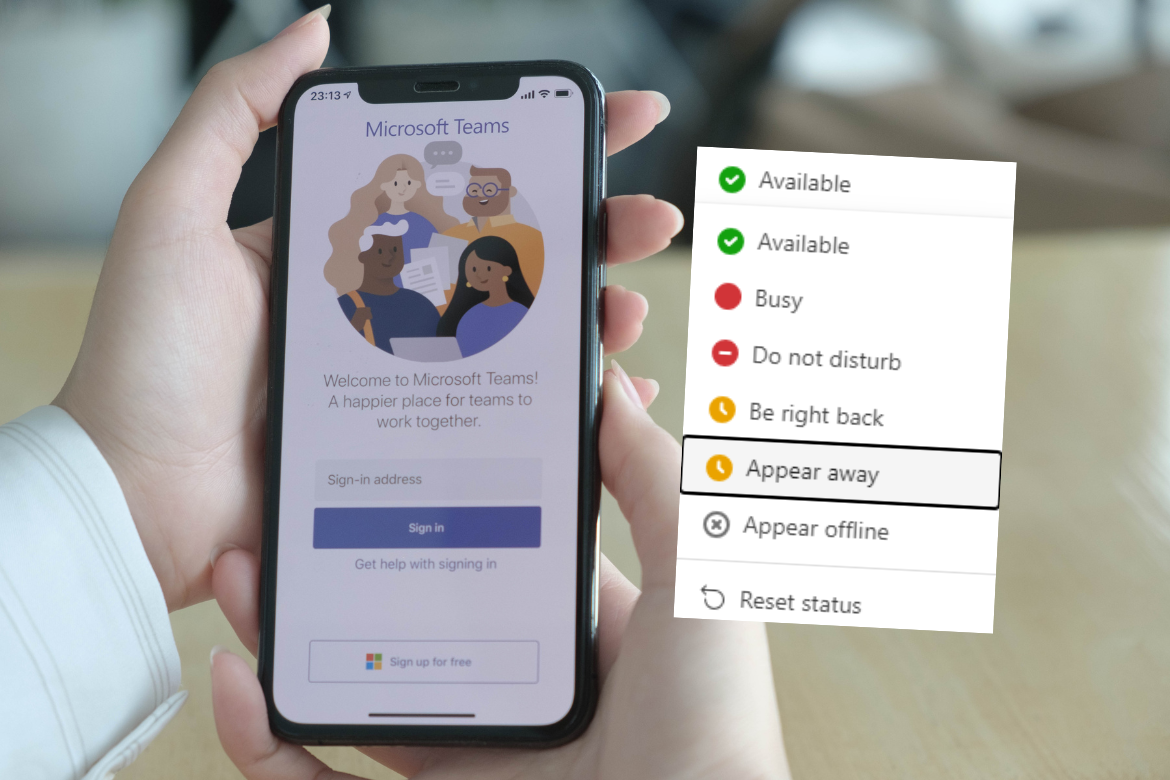As companies navigate the complexities of return-to-office (RTO) policies, a new trend has emerged: employees, whether working remotely or in-office, are increasingly focused on proving their productivity through visible actions.
This phenomenon, termed the “Green Status Effect,” highlights the growing pressure on workers to appear busy, irrespective of their actual productivity, according to new research from BambooHR out of the United States.
RTO policies and employee preferences
The survey, which included 1,504 full-time employees and 504 HR professionals, sheds light on the current state of RTO policies and employee sentiments. The survey reveals that while high-profile companies like UPS, Boeing, and JPMorgan Chase are pushing for a full return to the office, most Fortune 500 companies (82%) are adopting a flexible working environment. Only 18% mandate full-time in-office work, it found.
The data indicates a significant preference for remote work, with 52% of workers favoring it due to better work-life balance and flexibility. In contrast, 39% prefer the office for its social and networking opportunities.
The ‘Green Status Effect’
The pressure to appear productive has given rise to the “Green Status Effect” among remote workers. Nearly two-thirds (64%) keep their messaging apps open to display a green “active” status, signaling they are online. This behavior stems from the lack of tangible performance metrics in remote settings, pushing employees to demonstrate their dedication visibly.
For in-office workers, similar strategies are employed: 37% walk around the office, 35% plan meetings with coworkers, and 33% extend their working hours to be seen by managers. These actions underscore a universal drive to maintain a positive image within their organizations.
How employees prove they are working
| Remote | In-office |
|---|---|
| 64% keep messaging apps open to show “active” status. | 37% walk around the office so coworkers see them. |
| 39% participate in social conversations in work messaging apps. | 35% plan meetings with other coworkers who are also in the office. |
| 31% schedule-send emails. | 33% show up earlier or leave later than their manager. |
Managerial insights and employee perceptions
The survey highlights a disconnect between managerial intentions and employee perceptions regarding RTO policies. While 32% of managers admit that tracking employee work habits was a primary objective for RTO, 42% of employees feel they are attending the office just to be seen.
Moreover, 28% of remote or hybrid workers increased their online presence following the implementation of RTO policies.
Productivity and socialization
The survey also challenges the notion that in-person work inherently boosts productivity. On average, both remote and in-office workers spend about 76% of their 9-to-5 shifts on work-related tasks, with the remaining time dedicated to socializing or non-work activities.
Notably, in-office workers spend approximately one hour more socializing than their remote counterparts, who instead use that time for work tasks.
Employee support and company policies
A quarter (26%) of employees feel unsupported by their company’s RTO policies, while more than half (58%) report a stronger professional network since returning to the office. However, vague RTO expectations are eroding employee trust, with many feeling pressured to engage in performative behaviors to meet unclear goals.

“It’s essential to create a work culture that values both social connection and productivity,” said Anita Grantham, head of HR at BambooHR. “Encouraging team bonding activities, open communication, and flexibility in work arrangements can foster a sense of community while empowering employees to excel in their roles.”
Diverse preferences and accessibility
The survey reveals varied preferences across different demographics. Younger workers (Gen Z) show a higher inclination towards in-office work (46%) compared to older generations.
Additionally, workers with disabilities overwhelmingly prefer remote work, with 63% favoring it and 43% considering leaving if forced to return to the office.
The future of work policies
As organizations continue to refine their work policies, understanding and accommodating individual employee needs will be crucial. Tailoring work environments to support diverse preferences can significantly enhance both productivity and employee satisfaction, it found.
“Work policies should support all employees, regardless of their work location. By prioritizing flexibility, inclusivity, and employee wellbeing, leaders can ensure their teams feel valued and empowered to do their best work.”
Anita Grantham, head of HR, BambooHR
The BambooHR survey was conducted by Method Research and distributed by RepData among 1,504 full-time US employees, including 504 HR professionals.
The sample was equally split between genders and represented various age groups, races, and geographies. Data was collected from March 9 to March 22, 2024.
See the full report at https://www.bamboohr.com/resources/guides/return-to-office





